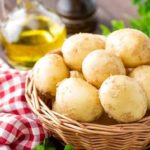
Let’s make an average dinner plate with the basic dishes. Include more vegetables and whole grains slightly more than protein and fruits. Add a small bowl of soup and you have a balanced meal. Whenever you eat, try to maintain those proportions along with good quality foods to prepare meals for your family.
Protein
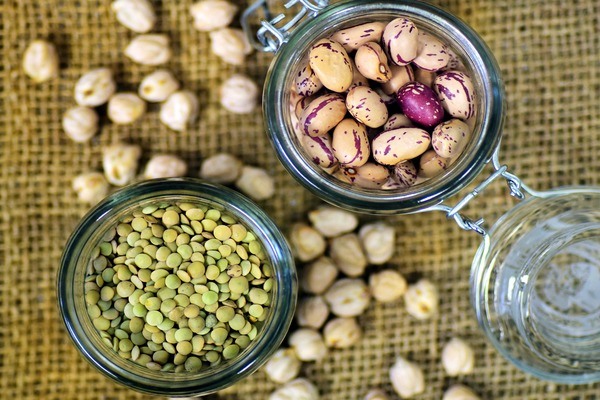
For a normal adult and growing teenager, try to eat about 1.5 to 2 ounces of protein per meal. Add up to about 5 to 6 ounces per day. Protein is extremely important for the body. You need protein to build or make firm muscles and bones, produce enzymes and hormones, and keep your skin and hair healthy. Lean meat, chicken, and fish are excellent sources of protein. Vegetarians can choose from plant-based proteins that are good for health. Seitan, a wheat gluten product, acts as fake meat when cooked. Beans, lentils, quinoa, and brown rice are also great choices. They can be made into a variety of delicious meals.
Grains
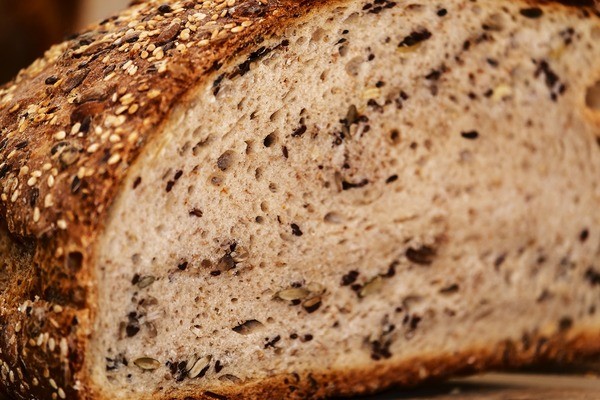
Grains can be controversial because they are 100% carbohydrates and have too many carbs and sugars. However, you can choose whole grain options (not just whole wheat), whole grains are a great source of nutrients. Choose whole grain bread, pasta, and cereal. Sprouted grains are better than non-sprouted grains. “Ancient grains” like quinoa, spelled, amaranth, and teff are high-quality sources of protein and nutrients. Try from 5 to 8 ounces per day, depending on age and gender. White flour and white rice are really not good for anyone and your body easily converts them into sugar, so make sure you choose good ones.
Vegetables
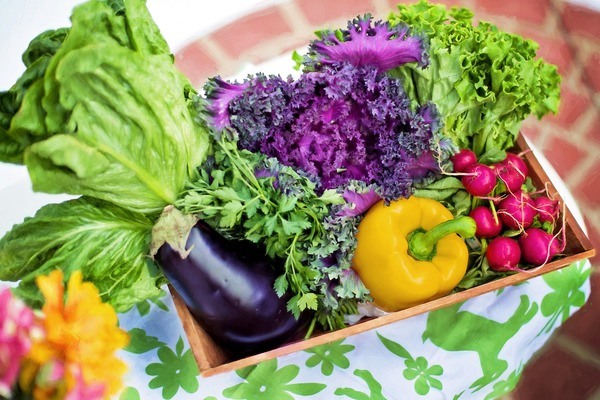
Raw and steamed vegetables are the best. They have many types of vitamins, minerals, antioxidants, and other important nutrients. Add rainbow vegetables (red, orange, yellow, green, blue, indigo, and violet) for both taste and nutrition. Take some greens, add a little chia seeds with balsamic vinegar and olive oil and you have a bowl of antioxidant-rich, high-fiber, vitamin-filled, and healthy oil dish. If you like avocado, add a little. Eating avocado with lettuce makes it easier for your body to absorb antioxidants. If you want a protein-rich vegetable, consider broccoli, kale, asparagus, artichoke, and Brussels sprouts. Boiling vegetables destroys nutrients. An exception to boiling is boiling potatoes. Boiled potatoes are incredibly healthy and contain potassium, an element that people often lack. Potassium plays a role in controlling blood pressure. Eat 2 to 3 bowls of vegetables per day.
Fruits

Try making one to two fruit plates as your dessert. Fruits are a great source of vitamins and antioxidants. Fruit juice doesn’t count! It is usually mostly sugar and lacks fiber.
Dairy Products
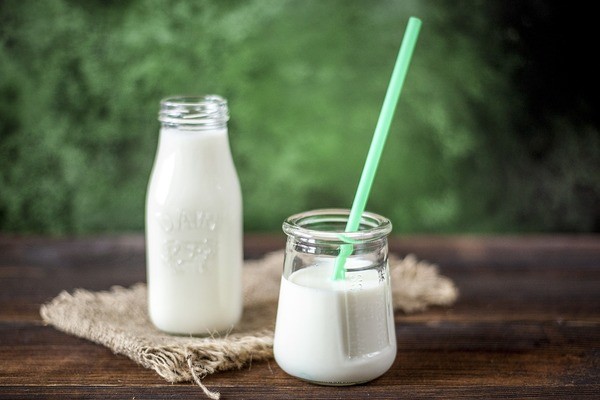
If you can eat food from milk, try three cups per day. Regular Greek yogurt and cow’s milk are excellent sources of protein and calcium. If you cannot or won’t eat milk products, try calcium-rich cereals, whole grain bread, canned fish (sardines, salmon with bones), broccoli and kale, spinach and bok choy.
Healthy Drinks

Drink water or unsweetened tea for your meals. If you like red wine, enjoy a glass with your meal. There is evidence that antioxidants called polyphenols can prevent blood vessel damage, reduce bad cholesterol, and reduce the risk of heart disease. Scientists are divided on health effects, but a single glass at dinner probably won’t hurt.
Exploring the Advantages of Consuming Whole Grains
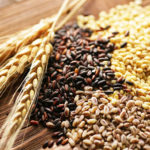 Grains‘>
Grains‘>Unlock the power of nutrition in cereals and whole grain cereals with XANH Electric Appliances! Find out which one will give you the most nourishment and support for a healthier lifestyle.


























